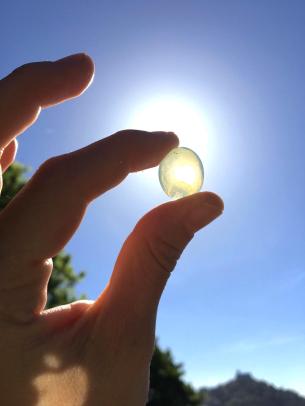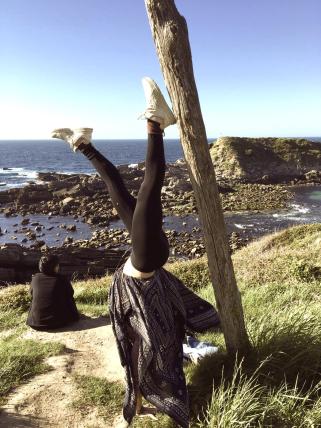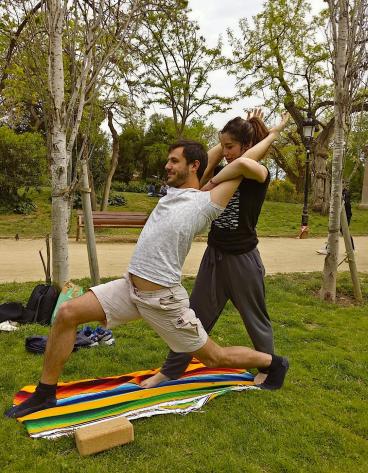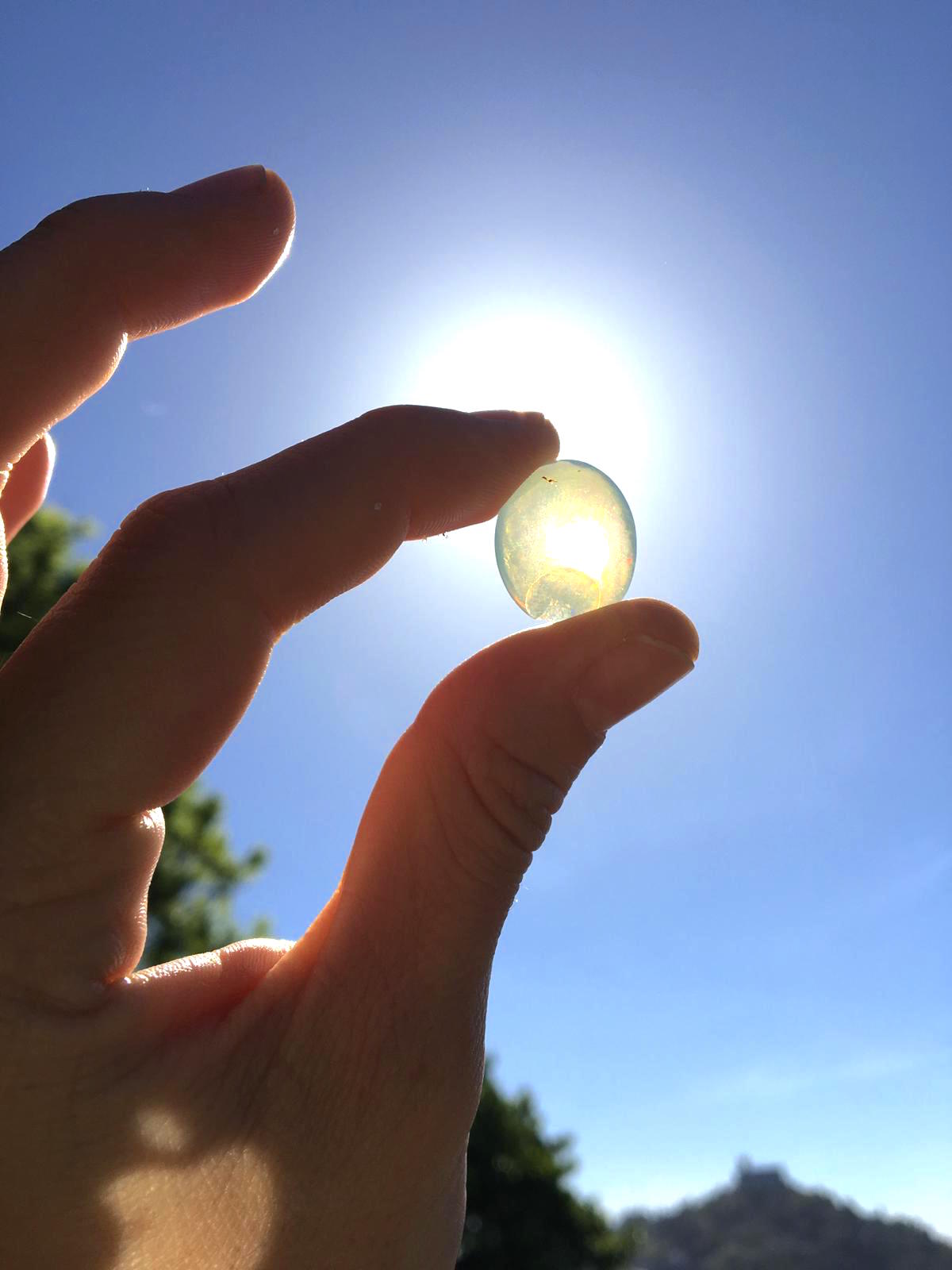
I meet my friend Carla on a rainy Thursday evening in a cafe on Plaza de la Constitución, the closest thing to European-style square in San Sebastián. Though we both have colds we keep our plastic macs on and sit in the sheltered terrace with everyone else. People around us are drinking and smoking and at 9:15, the night is so young it could be a foetus. On Friday the sun will rise late, as it does in this part of the world and those with hangovers even later.
Carla and I have come to discuss a topic that seems a million miles from where we are: yoga. Carla is a yoga-instructor from Mexico City and one of the most fascinating and insightful people I have met in San Sebastián. As she sips her tinto de verano, a mix of red wine and soda water, she tells me that she doesn’t see this party-loving seaside town as an unlikely place for yoga. First of all, she’s not of the school of yoga that prescribes a restrictive lifestyle and has accepted that while some yogis get up to meditate at 4:30 am, here in Spain it is fine to begin her morning routine of tea, yoga and breakfast at the more civilised hour of 8:30 am. Moreover, the key element of yoga is respiration and here, in San Sebastián, she can breathe in clean air and enjoy the experience of nature in the city.

The first time Carla visited San Sebastián was eight years ago, on a European tour with some friends from home. She said that she was enraptured by the city’s perfect beauty and even had the sensation that she was on tierra santa, or holy land. When some of her friends got bored and wanted to move on to flashy bull-fighting hub, Pamplona, she seriously considered changing her social circle; if they couldn’t appreciate the beauty of this place, what on earth could she have in common with them? Being someone who is anxious every time I leave San Sebastián, just in case something happens to prevent me from coming back, I can relate to Carla’s extreme sense of connection with the place. And we’re not the only two people, who without having a drop of Basque blood, feel this way; it’s like the city bewitches certain travellers and makes them want to stay.
Carla got the chance for a longer spell in San Sebastián in January, when she secured a teaching placement in two studios along the Cantabrian coast. One studio is in Irun, an arid town on the border with France, which has a strong immigrant population. There, the space is modern and clean-looking and though the classes are adequately attended, the locals’ main obstacle in coming to yoga, is economic. In San Sebastián, on the other hand, she teaches at the Centro Sherab, a cosy, richly coloured space, complete with Buddhas and wallhangings. The room strikes her as oddly wintry for Donosti’s beachy climate, but she says it feels very secure and protected from the noise of the city.

Carla came to yoga very young, as a little girl in Mexico City, who followed in her yogini mother’s footsteps. Doing the poses felt natural to her and yoga became a staple that she could rely on, when later in life, she hit upon troubled times. Whereas she found that talking therapies such as psychoanalysis caused her to regurgitate the same stories, a yoga practice, which Carla sees as the ultimate union of body and mind, held space for her true being to manifest.
And what is our true being? I ask her.
We are all part of the divine and our body is a temple that acts as host, she replies.
Having felt the benefits of yoga for herself, Carla decided to become an instructor. In October 2018, she trained in San Cristobal de las Casas, Mexico, where she gained a more complete understanding of yoga and met masters whose teaching guided her when she set up in San Sebastián three months later. In addition to her acquired wisdom, Carla brought several prized possessions with her, including an album of memories. In its pages, are photographs of her family and of Carla when she was small. She tells me that it’s important to her to have the possibility of connecting both with people from her life in Mexico and ‘la Carla de antes’ (old Carla). However, nearly six months into her stay, Carla has not felt the need to open the memoria. Perhaps that’s because she feels so grounded here.

When I took a class with Carla, I found the practice a nourishing slow-flow vinyasa ( a style of yoga that involves the rhythmic transition between poses). Holding the poses for longer than I was used to, was both physically and mentally challenging, but I left the class transformed – both energised and more relaxed. As a friend, I know Carla as a warm and open person and while this comes across in her teaching, as she adjusts students’ alignment and practices the poses alongside them, you also sense that there is a part of her that is sealed off from the class and in communication with the divine. She tells me that it’s important to have boundaries with students, so that the relationship between her and them does not become an overly egotistical or even sexually charged one. She is there to guide students to access the divinity within them, rather than be a pinnacle for their desires.
Sadly, Carla won’t be in Donosti for long. Her next stop will be Belgium, where she’ll accompany her longterm boyfriend who is doing a Master’s there. Carla intends to learn French and teach some classes, but she’ll also take up other work to ensure she has enough to live well on. She says that it’s important for her to have recursos (resources) as well as her dream job.

This post forms part of a series about my first year in San Sebastián. I fancied a change from writing about myself the whole time 😛 Feel free to like, comment or share! Click here for the Spanish version of this post and here for a wildcard I picked out at random.
